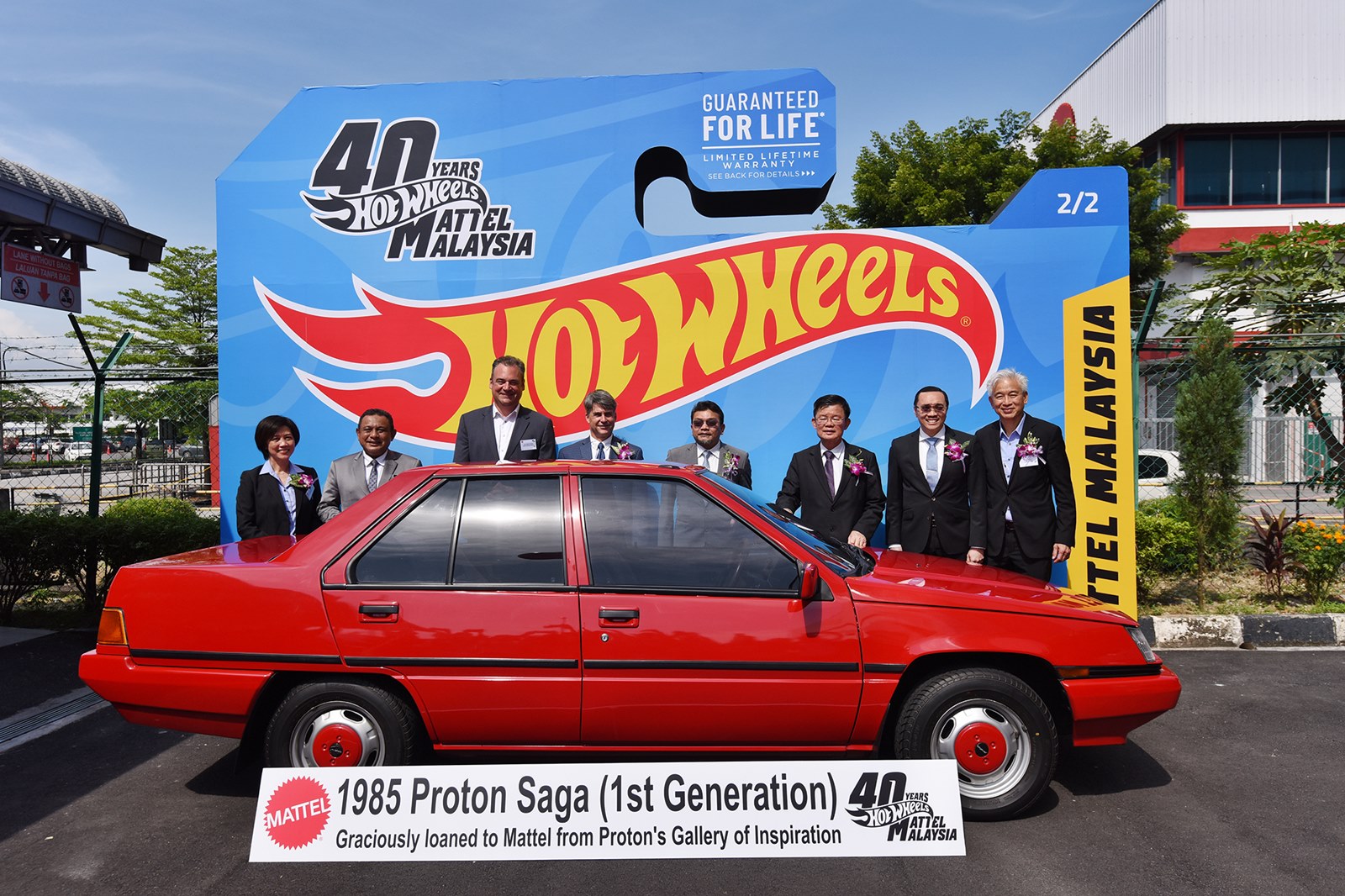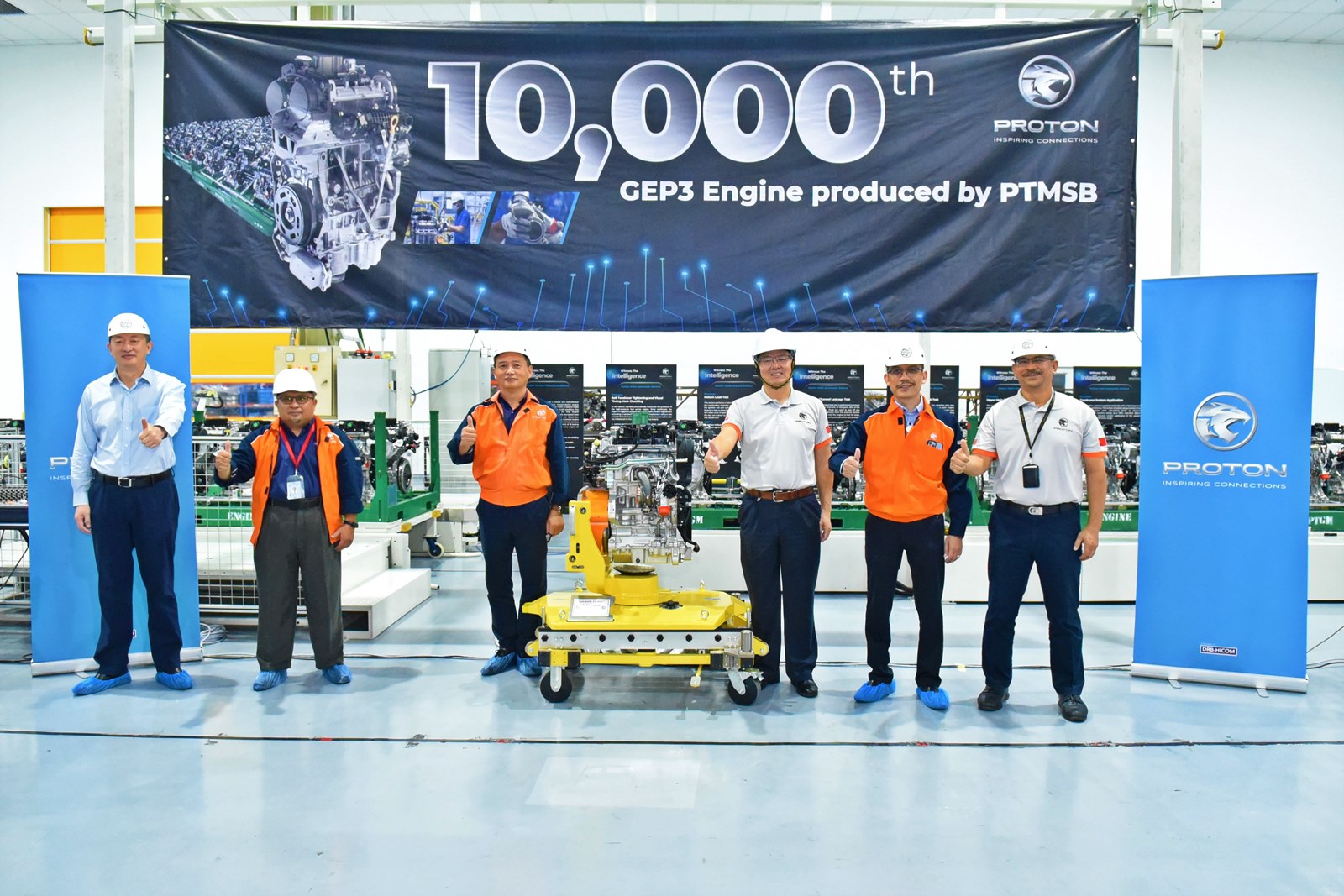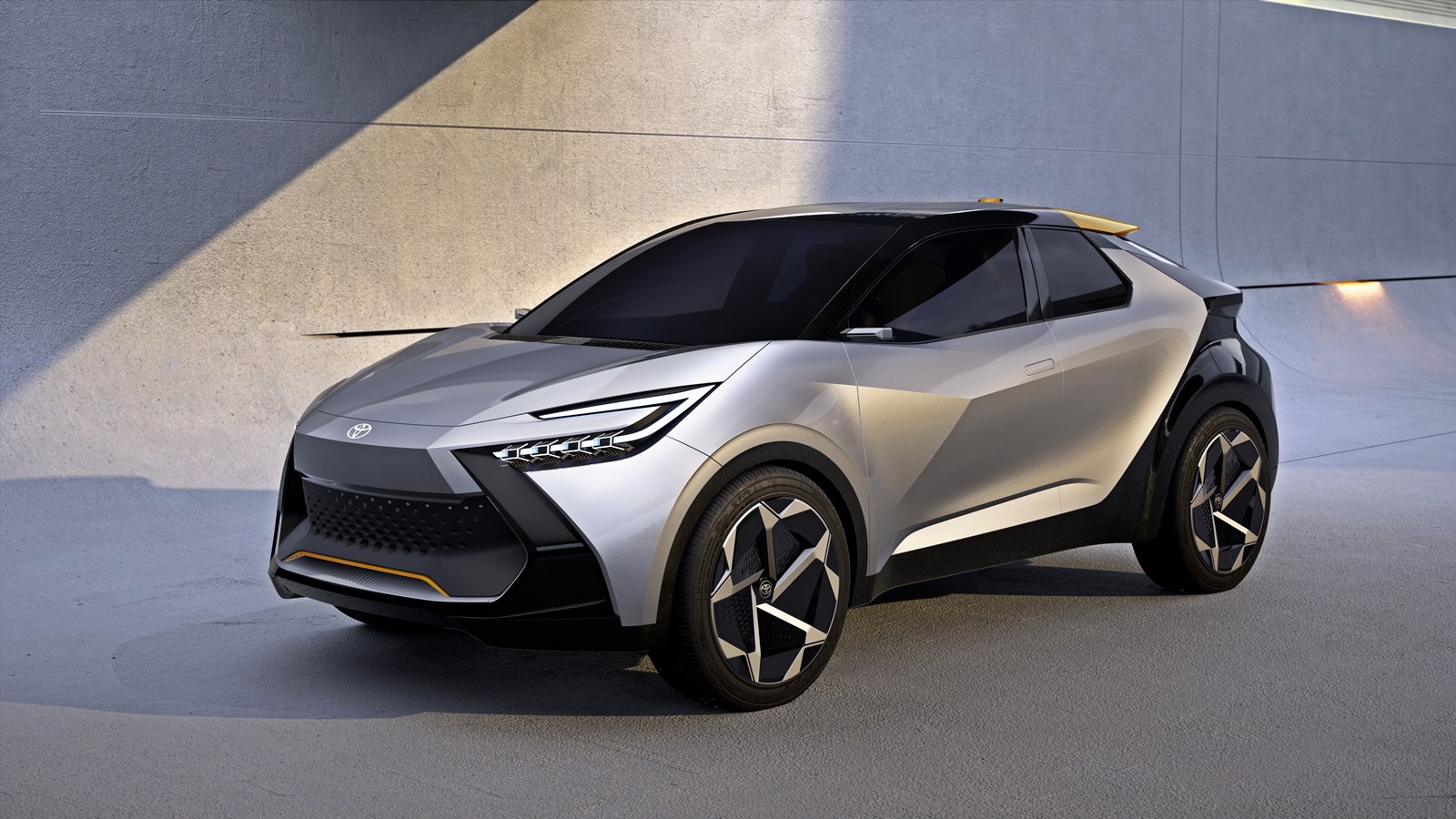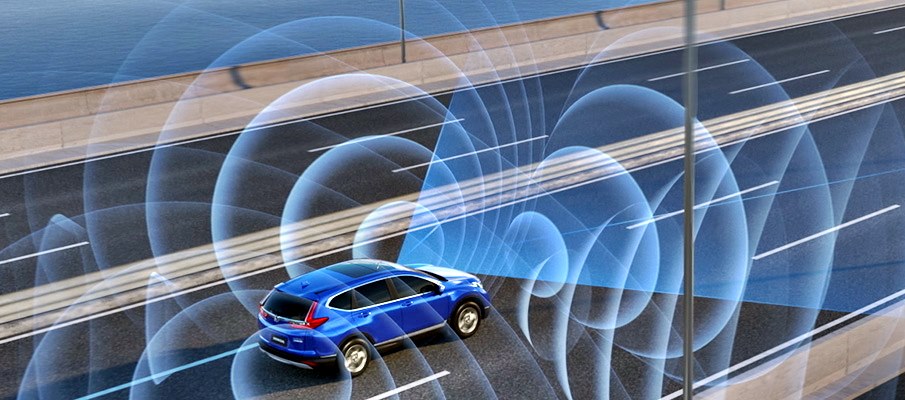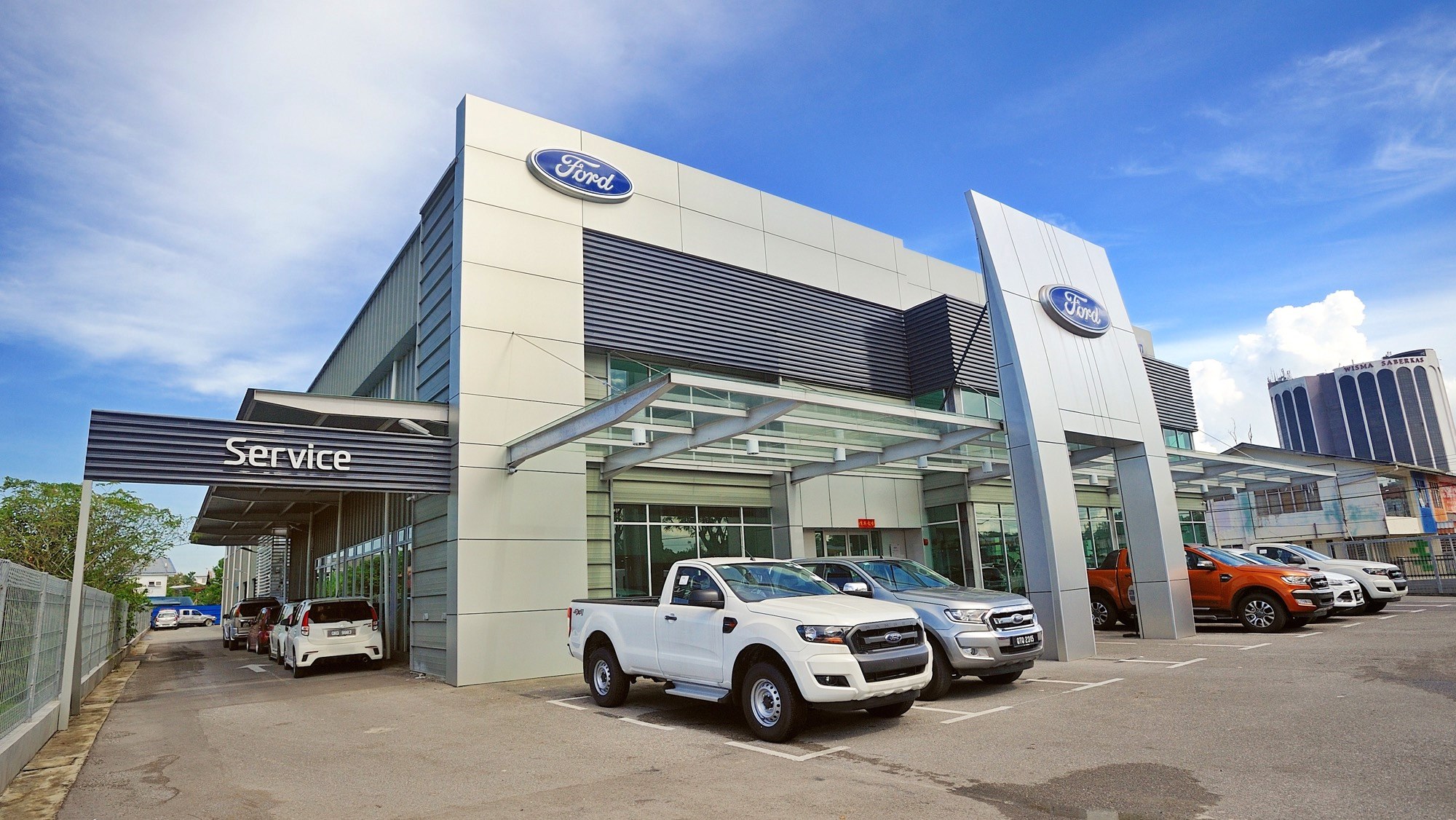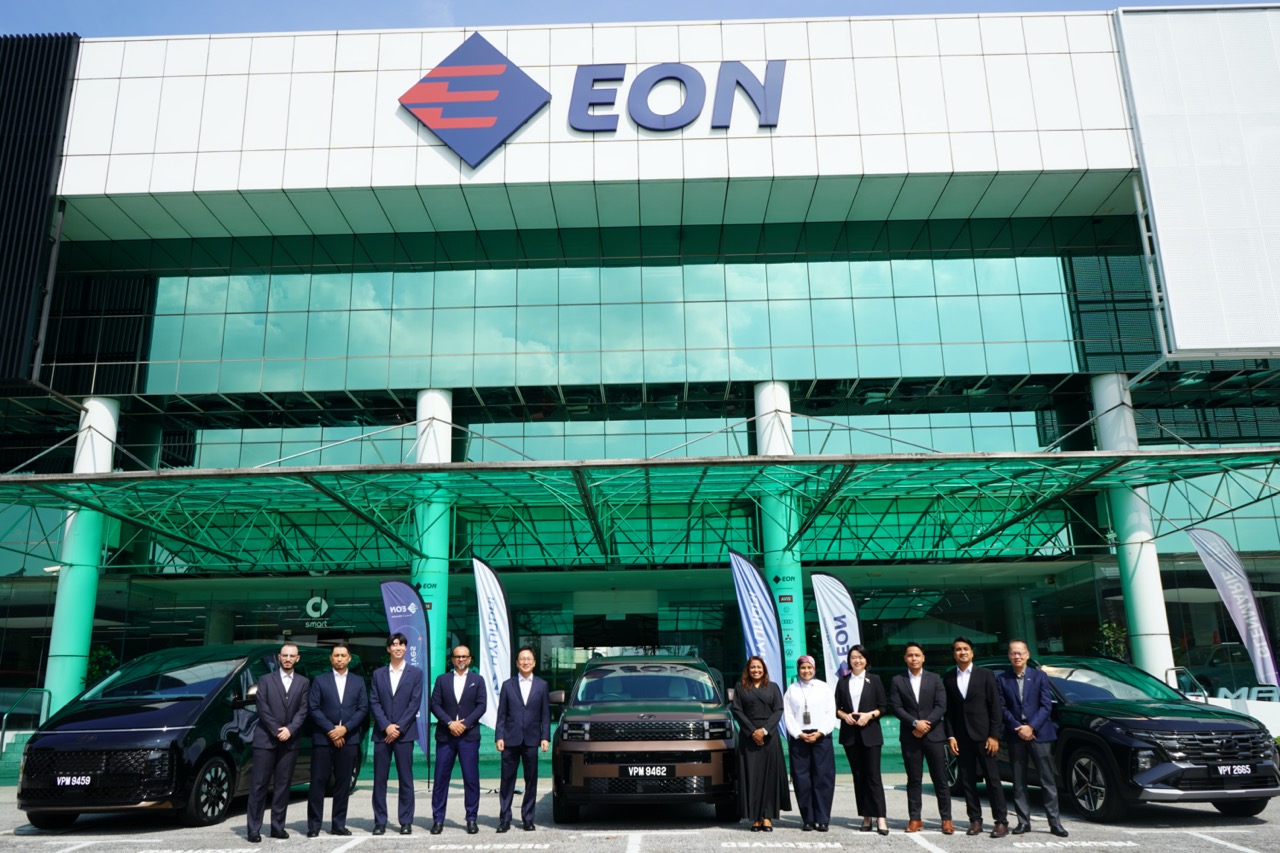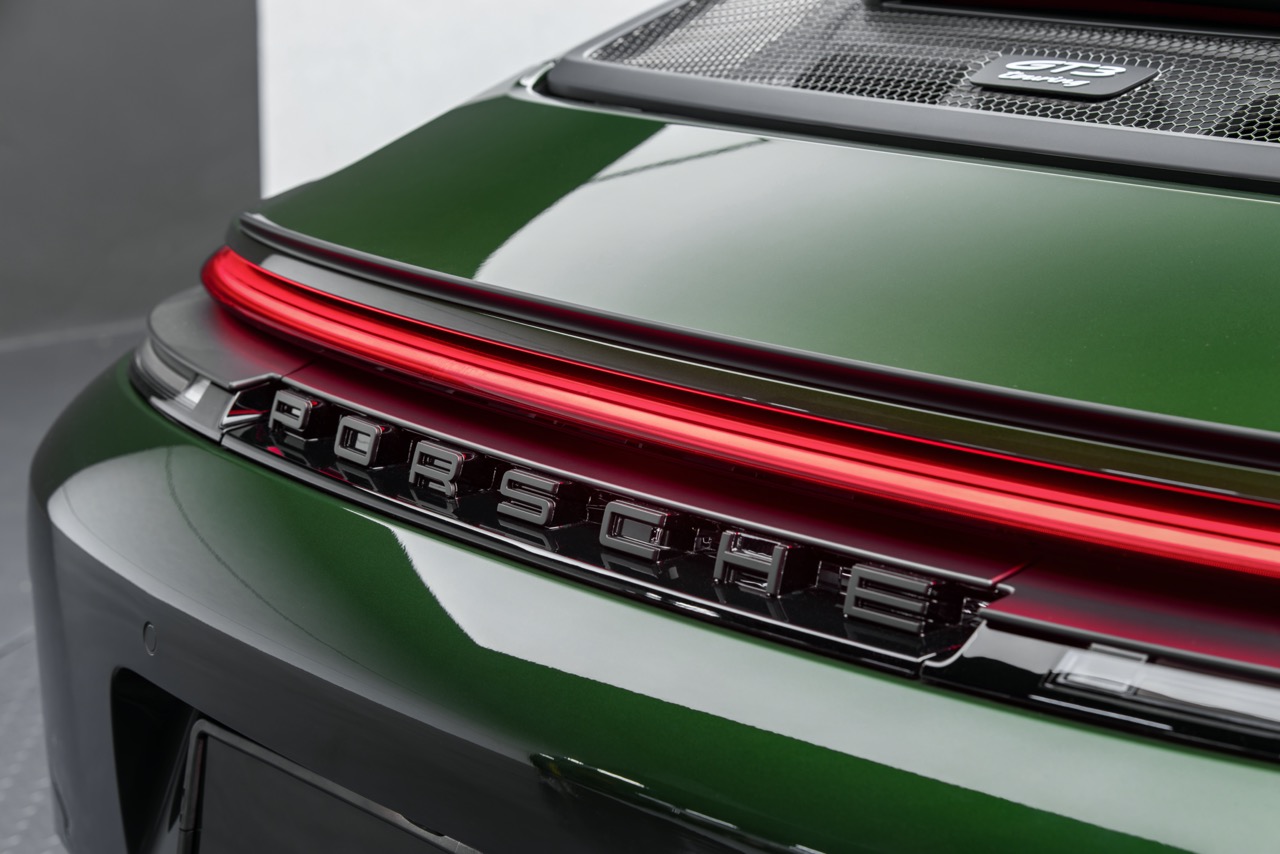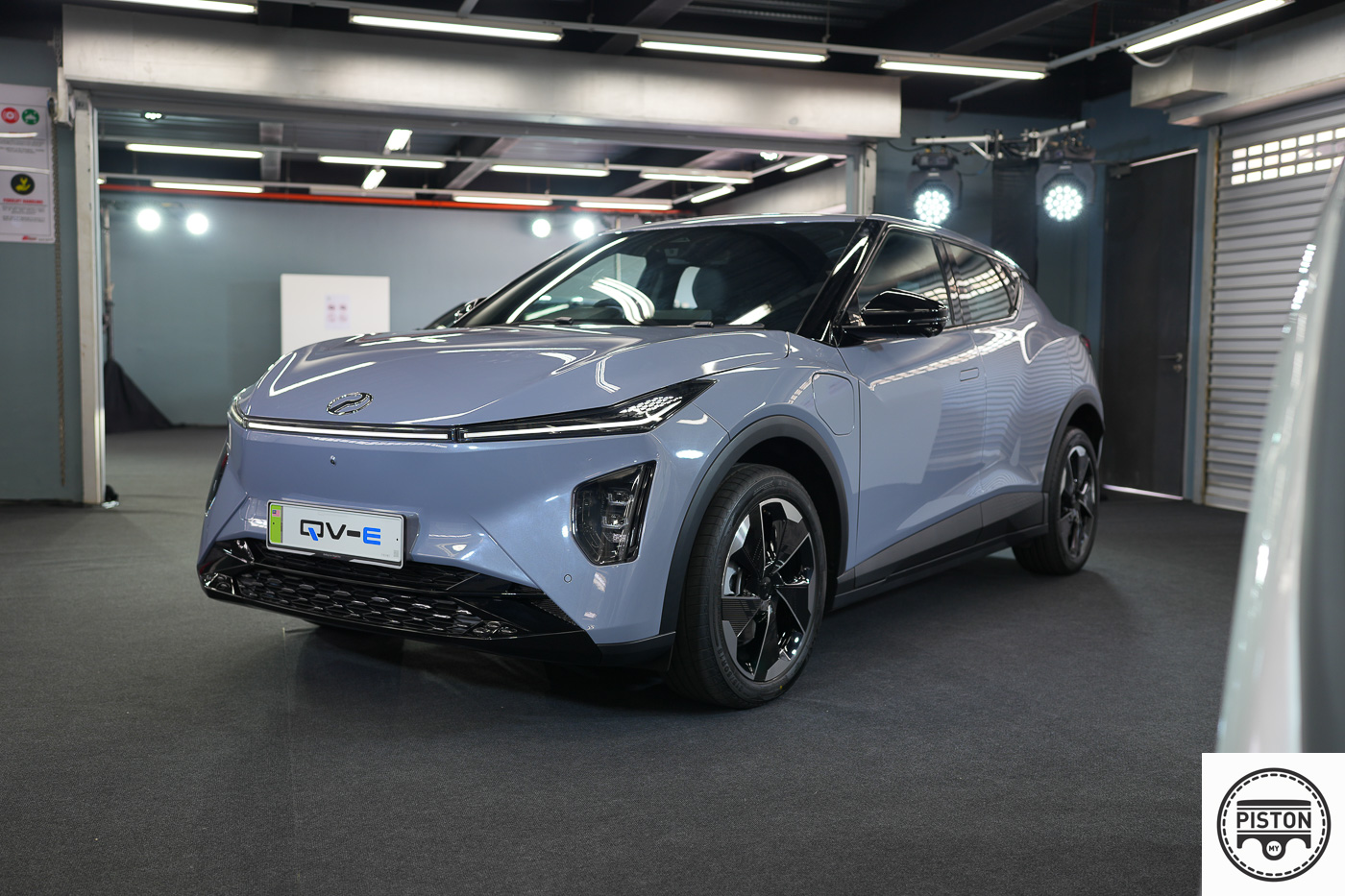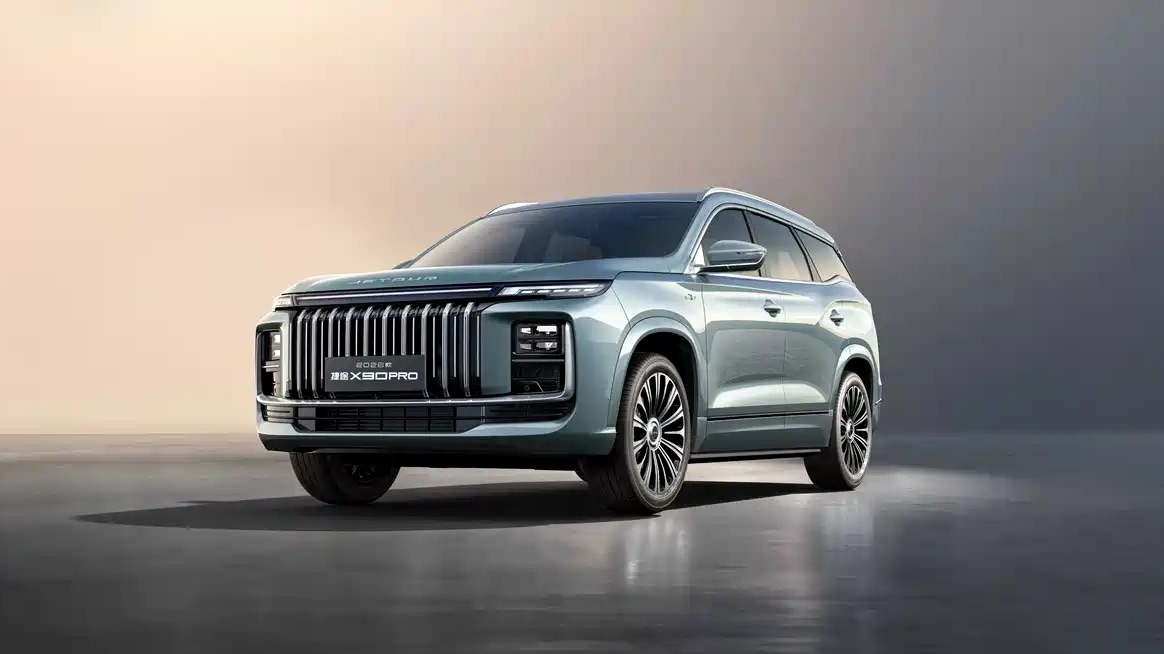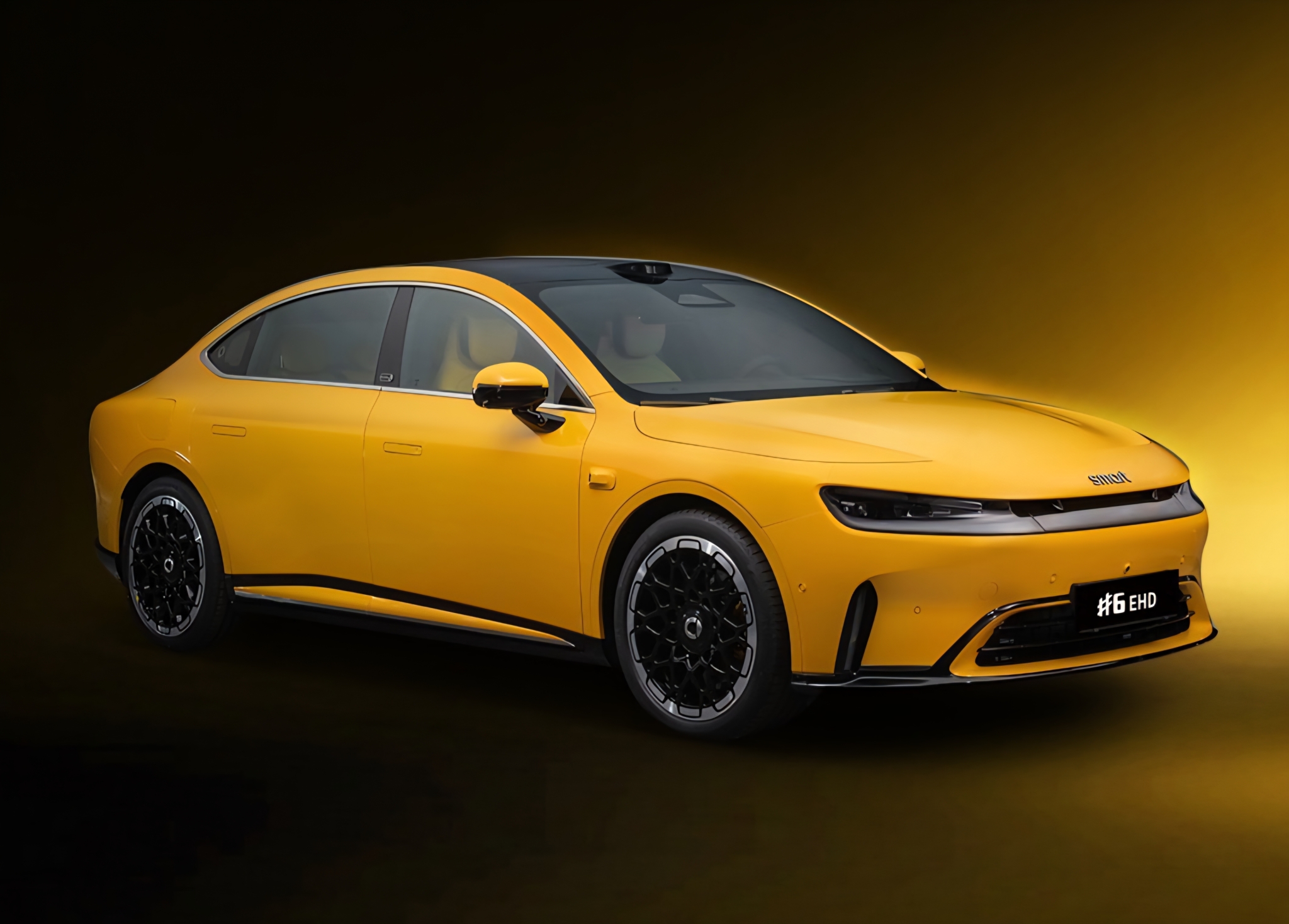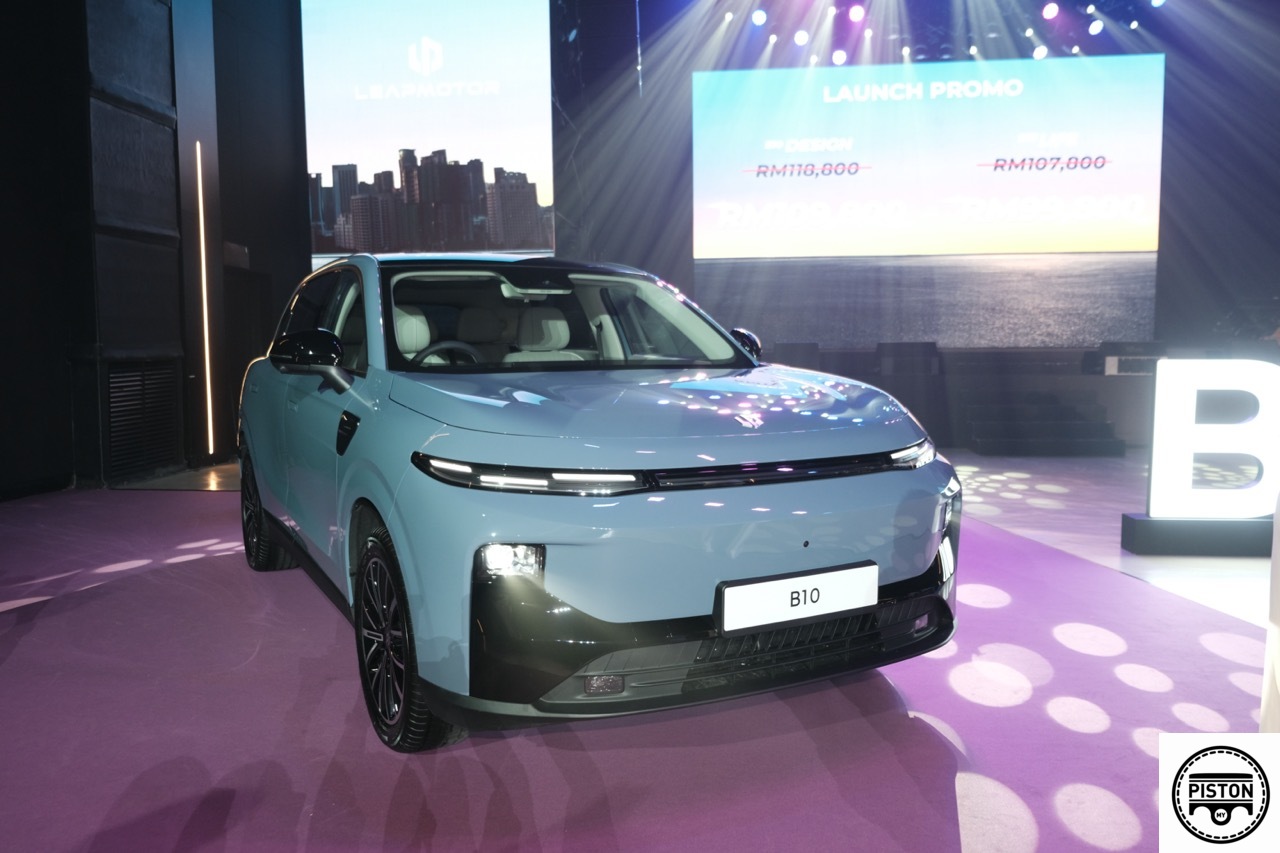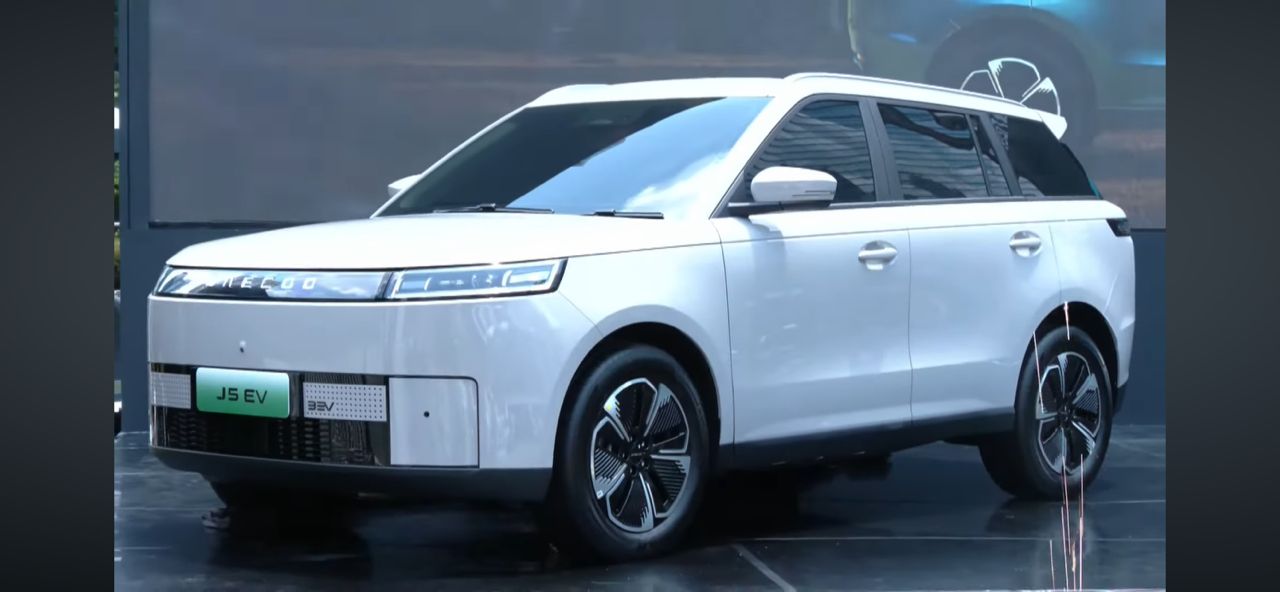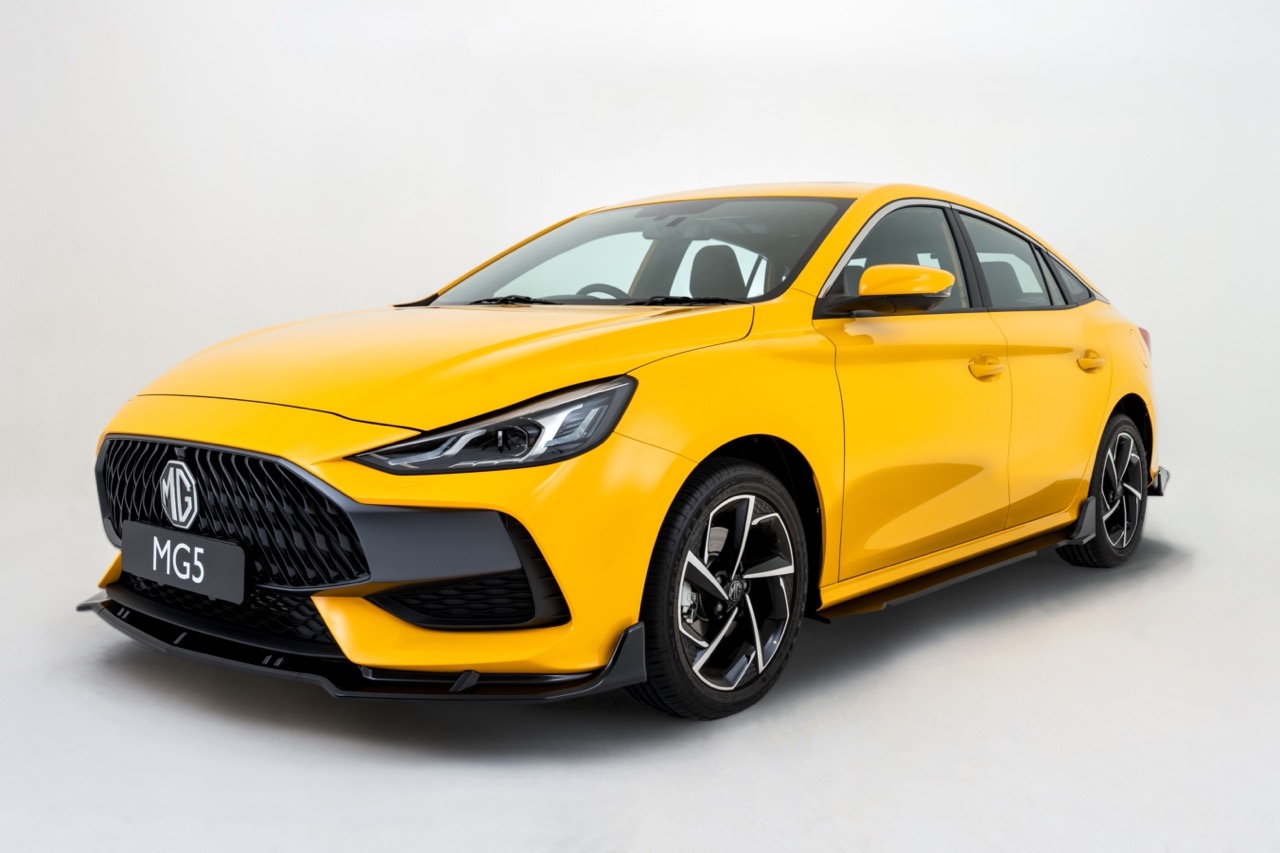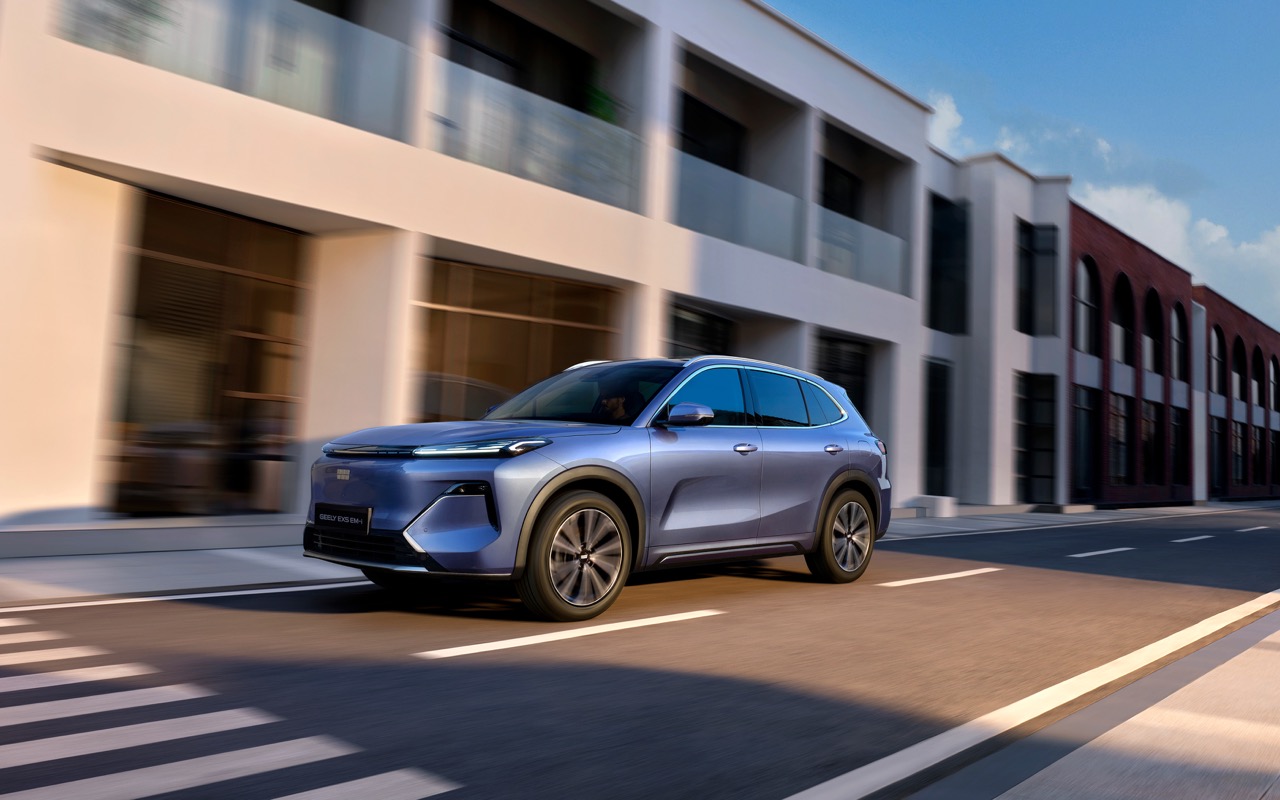Mattel, the American toy and entertainment company, has over a dozen factories around the world which makes its various products, with the Hot Wheels model cars probably the best known. And of its main factories in China, Indonesia, Malaysia, Mexico and Thailand, the one in Malaysia is the largest Hot Wheels manufacturing plant in the world. Malaysia therefore plays an important role in Mattel’s supply chain for the company’s manufacturing, tooling, and commercial operations.
The plant – Mattel Malaysia Sdn Bhd (MMSB) – located in Perai, Penang, was established in 1981 and is also the world’s only manufacturer of Hot Wheels singles, the top-selling toy globally in 2021.
Currently producing around 9 million diecast car models each week for markets around the world, MMSB is aiming for a 20% increase in production capacity by 2025.
(more…)


